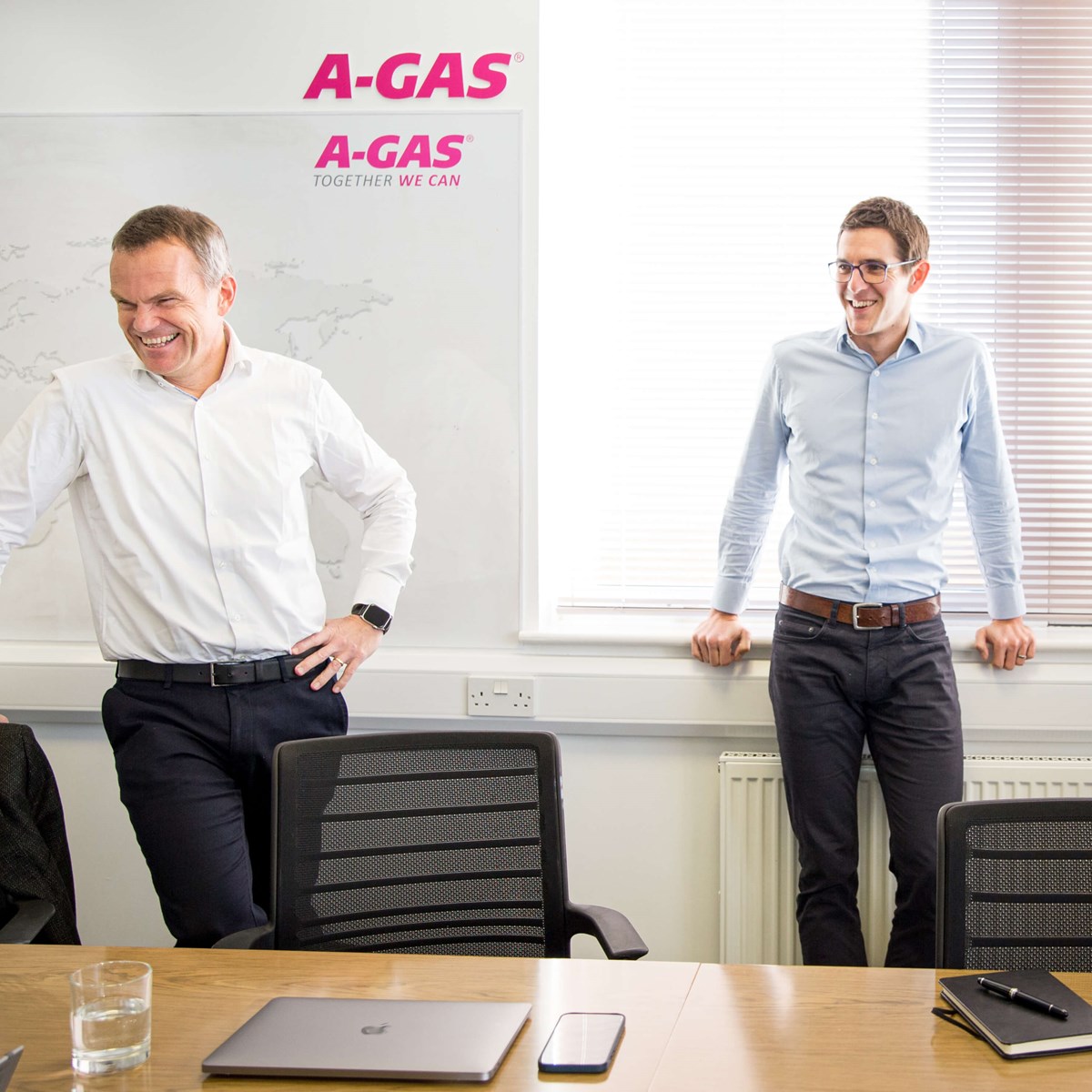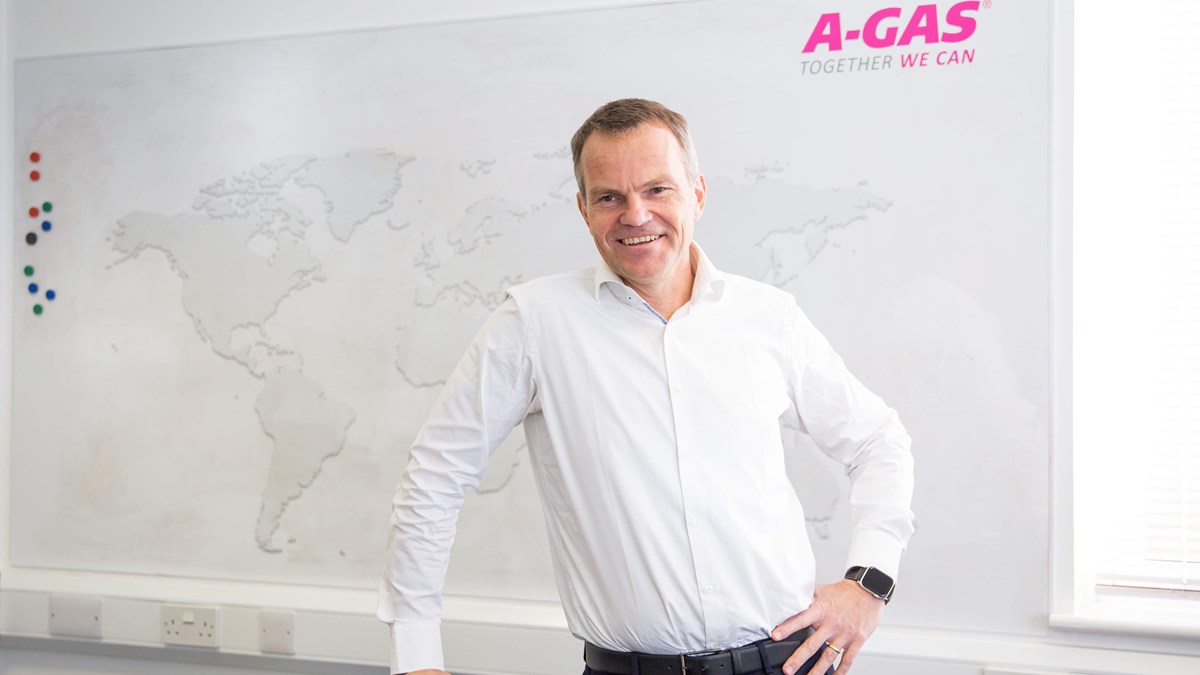
A-Gas Group Chief Executive Officer, Jack Govers explains how the company will work with its customers to protect the planet and create a more sustainable climate for business.
A-Gas has continued to grow worldwide since it was founded 30 years ago, initially supplying only virgin fluorocarbon refrigerants. We have evolved to offer innovative sustainability solutions to our customers and end users. As the global leader in the supply and lifecycle management of refrigerants and associated products and services, we are the only global player in what we do.
The refrigeration and air conditioning industry is relatively new to me – I have been in the job for little more than six months – but with growth rates of between six and seven per cent per year, it is an industry with a bright future. Innovation in low carbon technologies like heat pumps is also giving the industry a boost and, because of this, demand for refrigerants in all three sectors continues to grow at an impressive rate.
Sustainability is our greatest challenge. My background is in the plastics and aluminium industries, where there is a huge focus on the circular economy – much more than in the refrigerant-based industry which came as a surprise to me. In the aluminium business, we have some companies which are 100 per cent circular.
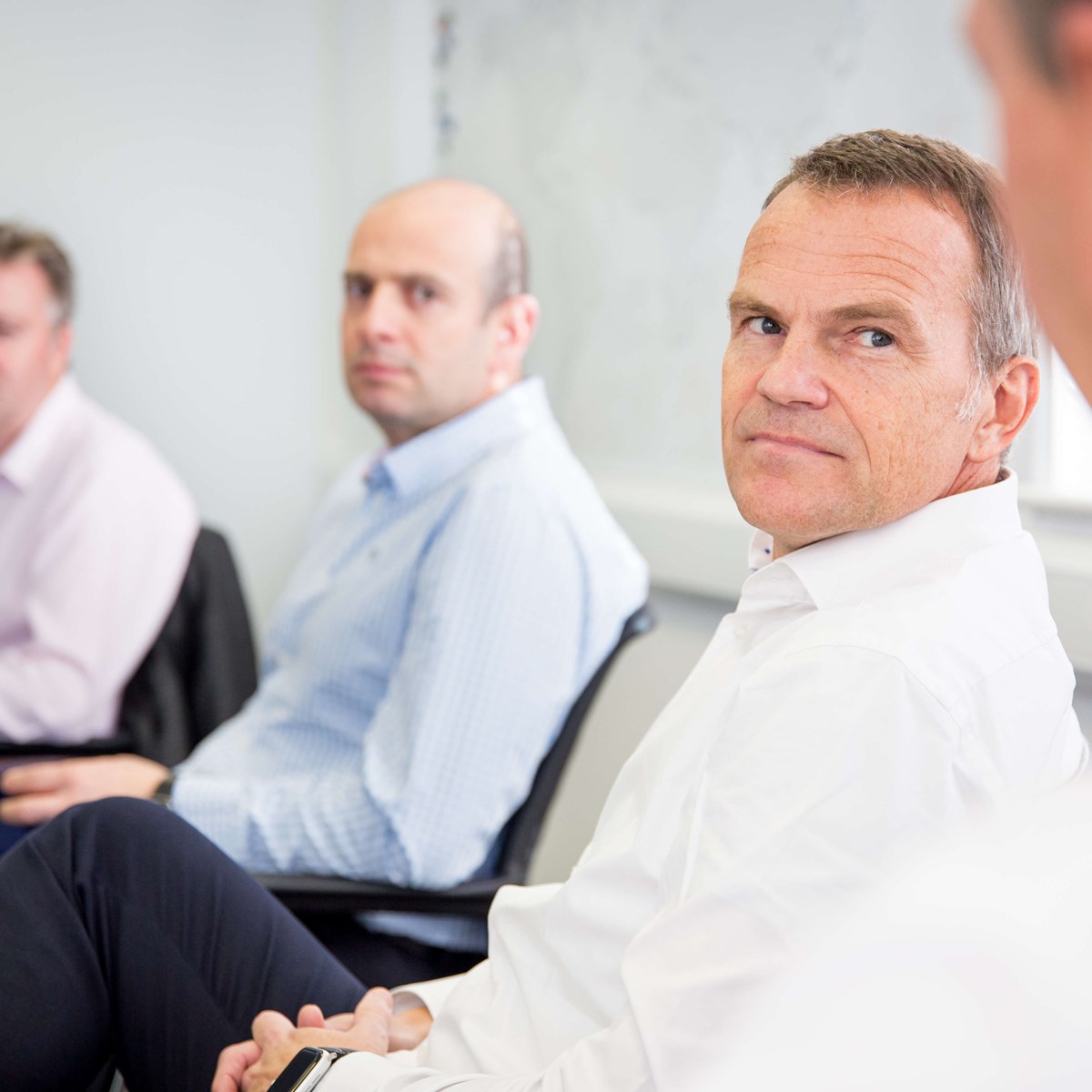
Today in our industry, the circularity rate is at just three per cent. I am not saying that 100 per cent is a realistic target, but there is much more we can do to avoid large quantities of refrigerant being released to the atmosphere at some point. Only by working together we can really make a difference to the environment and that is the most exciting thing for me.
The circular economy is the opposite to the take, make and dispose business model. This forces us to seek greater efficiencies and make better use of what we already have.
Recovering and reclaiming refrigerants is a great example of this. By doing so, we are making sure that these gases are not vented or leaked into the atmosphere, and we are also avoiding the need to produce the equivalent quantity of virgin refrigerants.
Circularity is one of the areas that I will spend a great deal of time working on with the A-Gas team and in doing so, aim to influence the industry and, further afield, governmental bodies. In addition, we also offer end of life solutions for older, high GWP refrigerants and ensure that they leave their functional purpose in an environmentally friendly way.
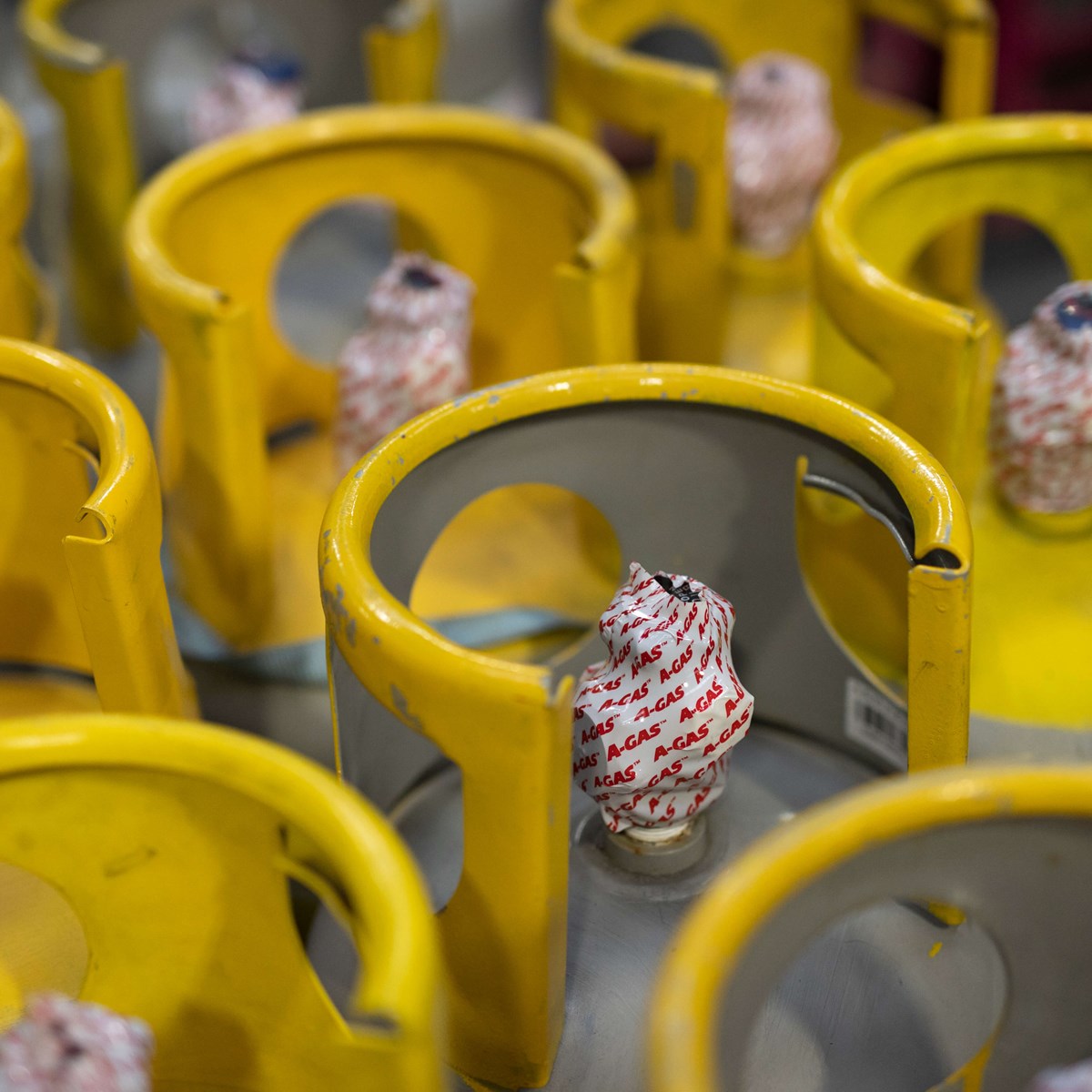
We have acquired destruction technology for refrigerants from Australia, to ensure that we are able to offer this capability to our customers. Bringing PyroPlas® into the A-Gas portfolio, with its leading-edge plasma arc destruction technologies for fluorocarbon and non-fluorocarbon gases, is the final building block for us in laying the foundations for our sustainability offering. We have seen great interest in the market for increasing destruction capability of gases and we are looking to meet this demand.
This accompanies the A-Gas Rapid Recovery network, which puts us in the driving seat for safely recovering all used refrigerants in the most environmentally conscious manner. We are already a leader at reclamation, through our unique in-house separation technologies and we will continue to increase our capacity for this across the world.
We have to offer our customers the right tools to handle their own individual sustainability challenges. The supplier, original equipment manufacturer (OEM), installer, and end-user all view the sustainability challenge differently. It is a heavily regulated industry and our goal is to ensure in whatever area our customers are working in, we all buy into doing the right thing.
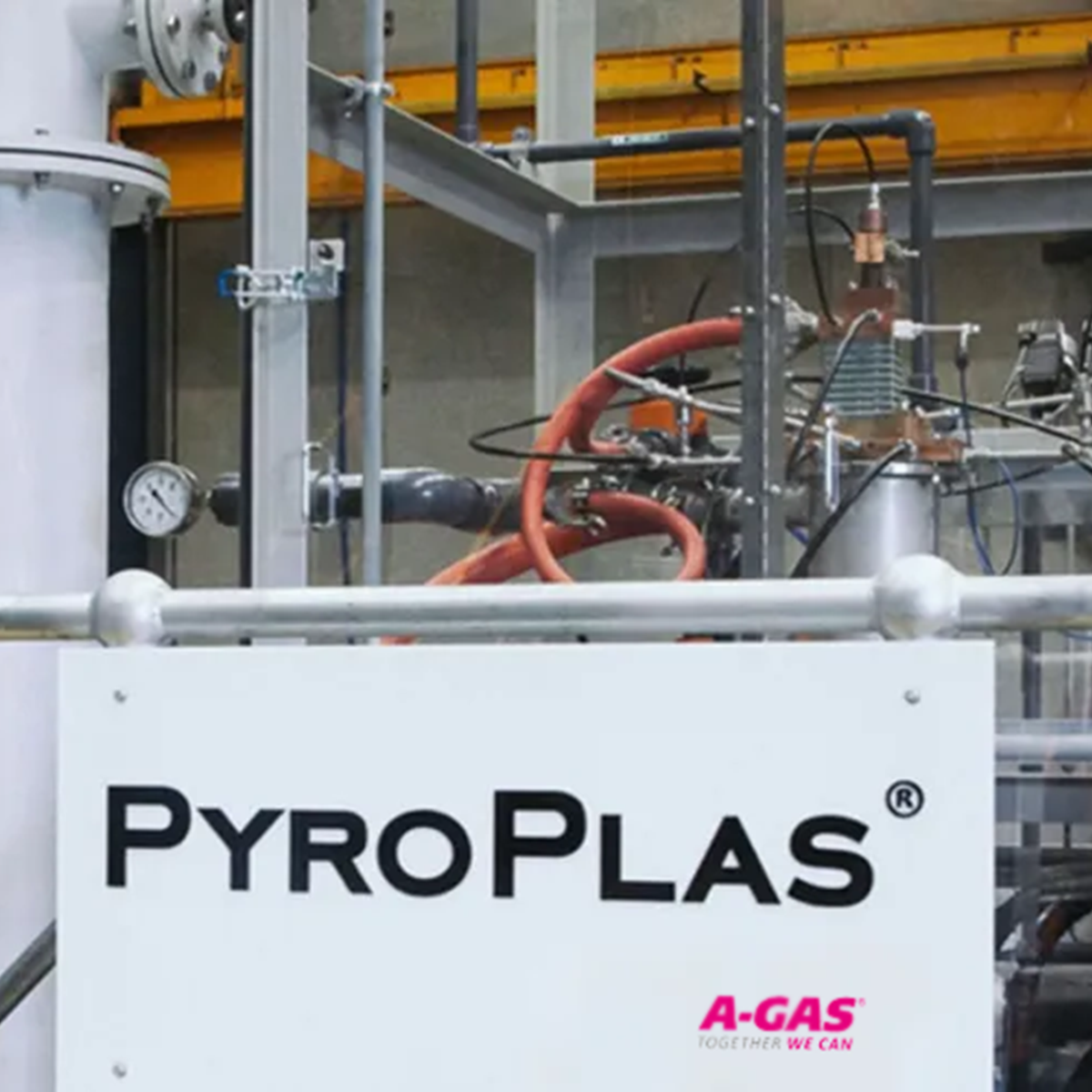
The key issue is to continue to support and educate the industry on the added values and benefits of sustainability – particularly our customers. We have to help them understand what is possible, the solutions available, and how they can help to lower the carbon footprint of their business.
An increasing focus on sustainability together with greater environmental, social, and governance (ESG) responsibility will help us all achieve this. I believe there will be a revolution in how our industry operates. Regulation will have an influence, but at the end of the day the customer will drive the direction of the industry.
Our customers are already dictating how we do this. Currently, we are working with a large international bank which is updating its air conditioning systems. This customer is introducing new low GWP refrigerants but also demanding that the older, used gases are destroyed in a way that will protect the environment and not lead to these materials returning to the market.
Our dedicated Towards Zero, Together campaign puts net-zero at the top of our agenda. We are aiming to become a net-zero group of companies by 2035 with an early target of reducing baseline emissions by 50 per cent by or before 2028.
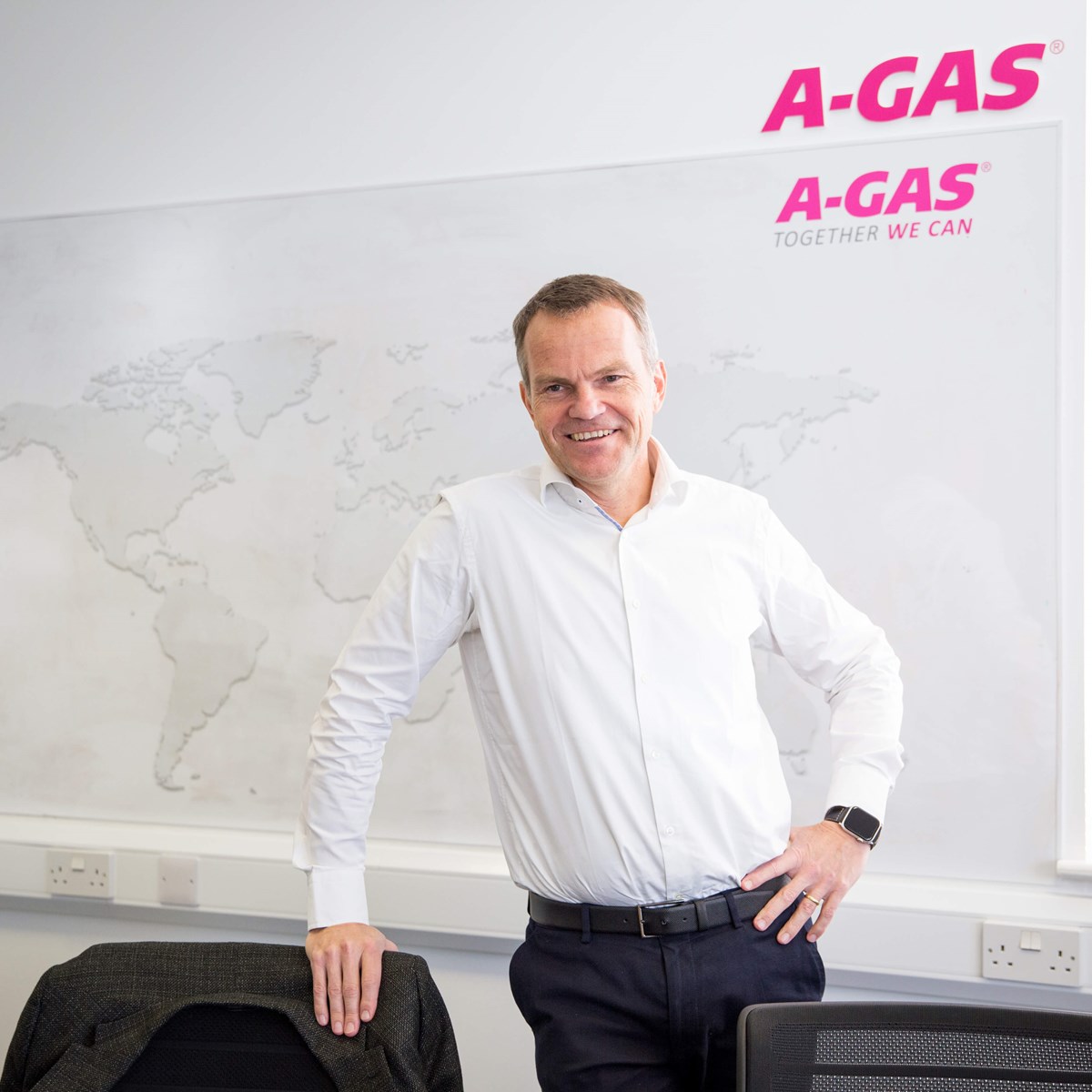
Towards Zero, Together encompasses three key areas – our dedication to stay safe, providing superior quality to customers and protecting our environment by preventing emissions to the atmosphere. We are engaging meaningfully with our talented people, looking at our processes and seeing how they can be materially improved to become best practices. We believe that together, with our customers, we can lower the carbon footprint of this industry.
Every country is in a different place in the sustainability cycle, but we are also looking at the similarities and seeing how we can share best practice to benefit all.
There are a lot of similarities between the USA and Europe in this respect. Europe, through the F-Gas regime, has great ambitions to lower greenhouse gas emissions. The latest proposals to revise the F-Gas Regulation are for an overall faster phase down of HFCs, combined with further GWP-based sector prohibitions, both of which will increase our opportunities to introduce further circularities into the industry. We will support this in the best way we can.

The USA’s drive towards incentivising circularity means they are catching up to Europe very quickly. Their aggressive phasedown of high GWP gases already includes the requirement for reclamation (circularity). The potential to create carbon offsets from re-used refrigerants has also helped significantly. This focus puts the USA ahead of Europe in terms of laying the foundations for the circular economy.
In Europe, there are no added incentives for businesses to further prevent the leakage of older refrigerants into the atmosphere. Governments only say that if you cannot reclaim for further use you should destroy or, in some cases, export it.
The annual European Environment Agency figures covering reclaim, destruction or export, show only a very small percentage of what is put on the market meets any one of these three criteria. What is going to happen to all these installed bank HFCs – gases already in use? The right way to face this challenge is to adopt the principles of the circular economy and when these gases are no longer required, properly destroy them in a safe and verifiable process. It is imperative that Europe provides incentives to do the right thing here, to transition the installed bank over time to lower GWP and avoid any harm to the environment.
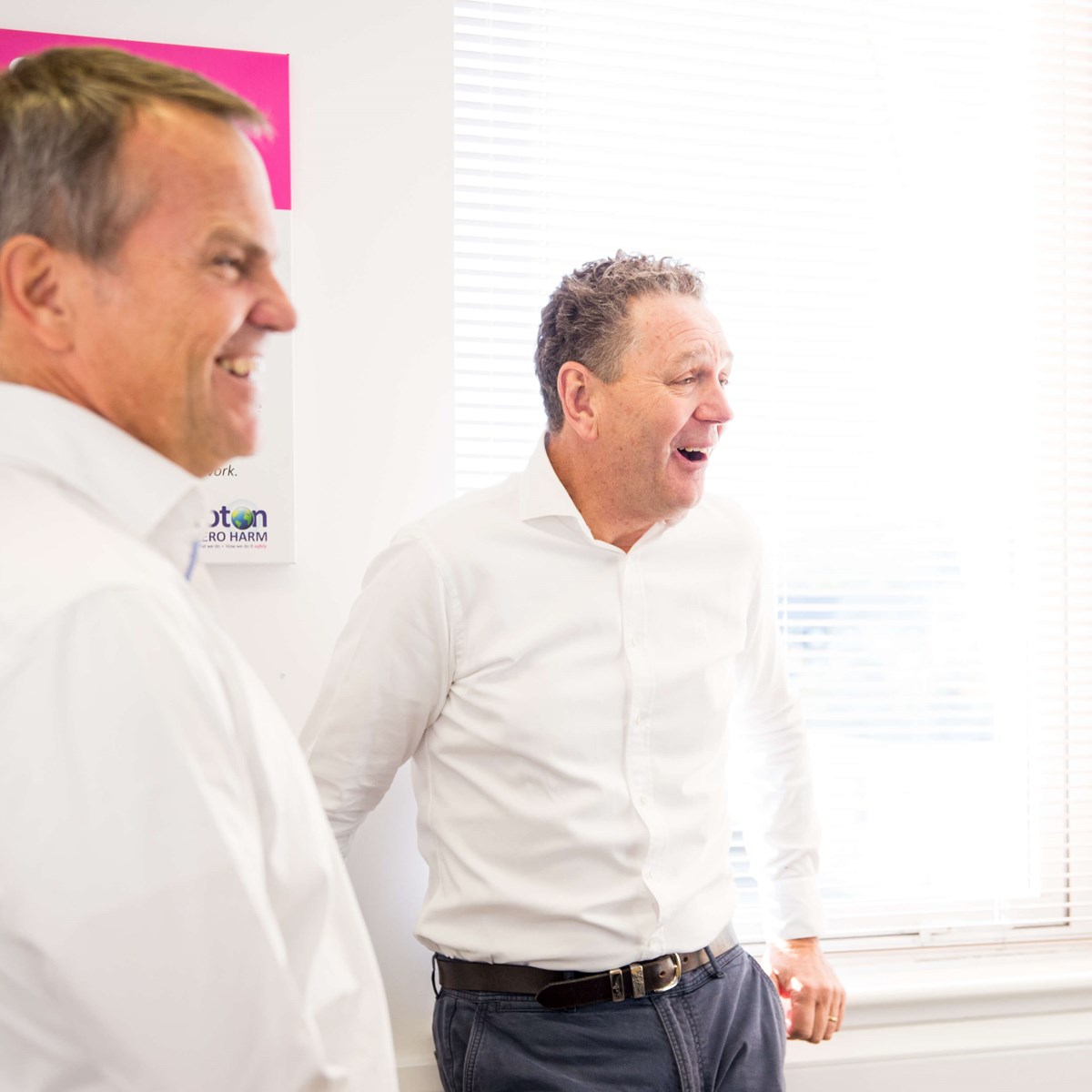
Europe, including the UK, seems to be avoiding this discussion. In the latest F-Gas proposals there is nothing relating to the existing installed bank of refrigerants. Legislators must come up with good solutions to meet this challenge. Across Europe, there is something in the region of half a million tonnes of refrigerant out there in use – and that is a very large figure.
How do we tackle this? Firstly, we need to educate decision makers in government; secondly, we need solutions to solve the problem and thirdly, there should be greater incentives for companies like A-Gas who want to find the answers. A-Gas would love to bring new high destruction efficiency capability to Europe.
I believe it is about doing the right thing and managing the existing installed bank of refrigerants in a sustainable way – and ensuring it has a good purpose in the future.
There have been many wow moments in my first few months in the industry. I really get excited about what we do around sustainability. Our abatement number for last year was 7.9 million tonnes of CO2 – that is the equivalent of taking 1.7 million vehicles off the road for a full year. This has been achieved by reclaiming HFCs and avoiding bringing more virgin refrigerants on to the market. It really gives you a good feeling that as a team we are trying to help the industry become more circular.
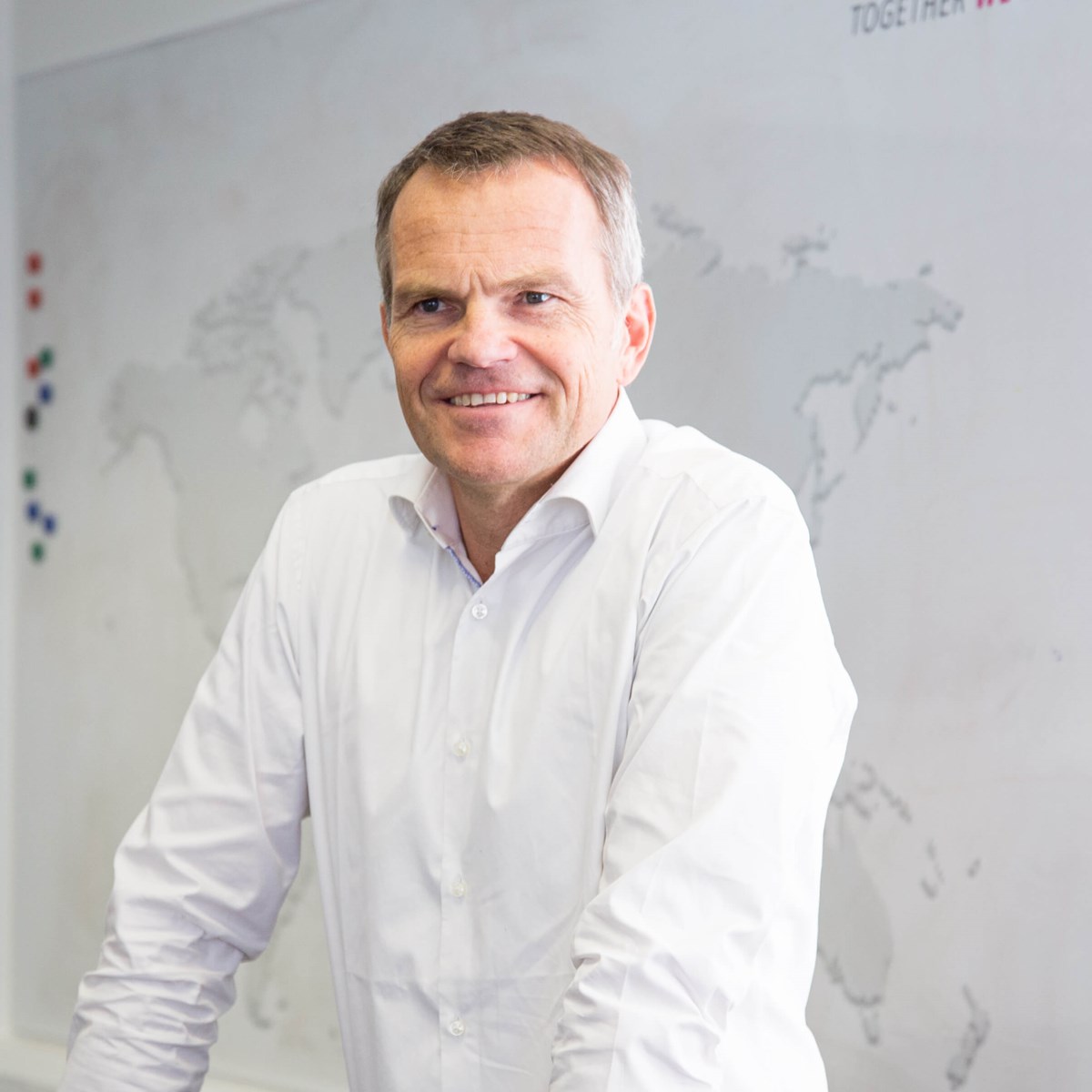
We work in a fragmented industry; there are many participants and a lot of smaller businesses trying to keep their head above the water dealing with reduced refrigerant quota. This highly regulated industry means, from my perspective as a company chief executive, that we have to keep our eyes wide open globally. We come across changes to regulation somewhere in the world on almost a daily basis.
Predicting where A-Gas will be in five years’ time is a big question. I have no doubt that in the years ahead we will continue on the same path and continue acquiring businesses that fit in with our growth strategy. We entered Japan at the beginning of the year when we acquired the reclamation and destruction services of FUSO which, at the time, was a market we had no presence in.
We will continue to push towards circularity, recovering and reclaiming refrigerants and seeking environmentally friendly end of life solutions for the destruction of gases. I predict that in five years’ time, A-Gas will be a larger company which will derive even more of its income from the circular economy. As we continue to provide innovative and sustainable solutions to our customers and support them as they work to lower their carbon footprint, I see a very bright future for A-Gas.
